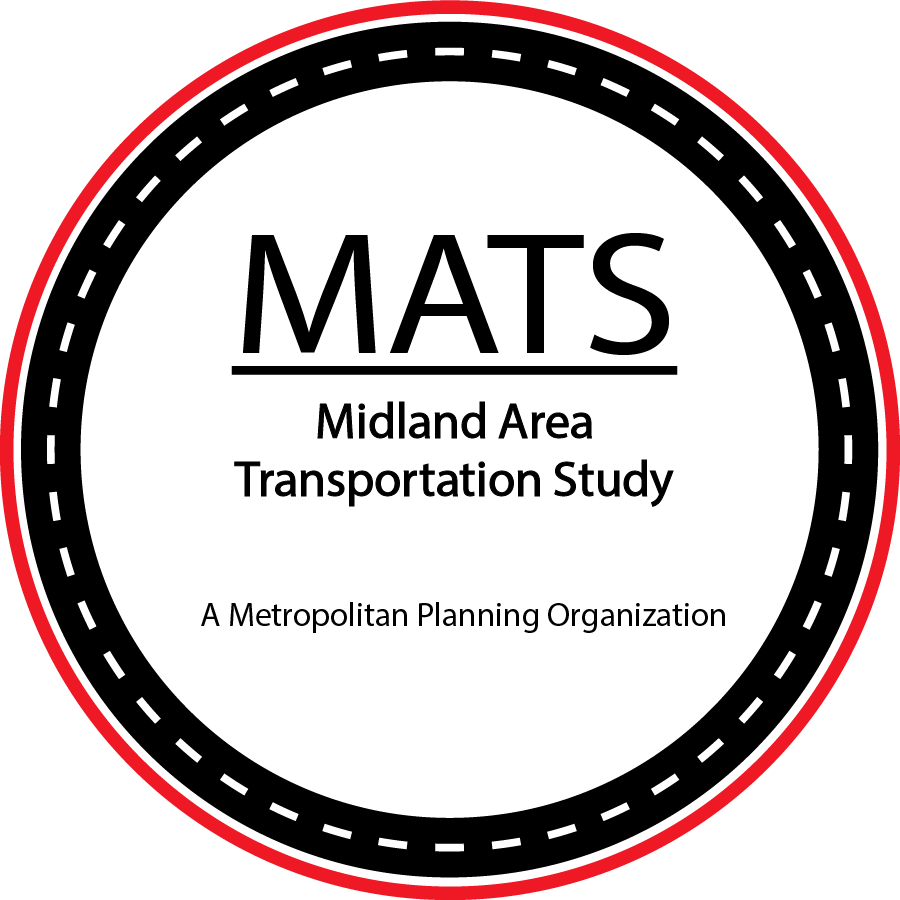What is Asset Management?
Municipal Infrastructure Asset Management (MIAM) refers to the systematic process of planning, acquiring, operating, maintaining, upgrading, and disposing of infrastructure assets in a cost-effective and sustainable manner. The goal of MIAM is to provide efficient and reliable services to the public while ensuring that infrastructure assets are managed in a way that maximizes their useful life and minimizes the total cost of ownership.
MIAM involves the collection and analysis of data on infrastructure assets, including their condition, usage, and performance, as well as an assessment of future needs. This information is used to prioritize and allocate resources for maintenance, rehabilitation, and replacement, and to make informed decisions about investment in new infrastructure.
In Michigan, the state legislature has created an organizational framework to implement these principles for publicly owned infrastructure such as roads, bridges, and water/sewer systems.
This framework is overseen by the Michigan Infrastructure Council and implemented by the Transportation Asset Management Council and the Water Asset Management Council, which together help to guide investment, maintenance, and utilization of these assets.
Asset Management Principles
Asset management is an integrated strategy that involves all institutional areas in order to efficiently manage new and current assets for service delivery to users. The goal is to strike the ideal balance between maximizing benefits, minimizing risks, and providing the community with sufficient levels of service in a sustainable way. To create sustainable communities, sound asset management procedures are essential.
THE CORE PRINCIPLES OF TRANSPORTATION ASSET MANAGEMENT
Policy-driven-Resource allocation decisions are based on a well-defined set of policy goals and objectives.
Performance-based-Policy objectives are translated into system performance measures that are used for both day-to-day and strategic management.
Analysis of Options and Tradeoffs-Decisions on how to allocate funds within and across different types of investments (e.g., preventive maintenance versus rehabilitation, pavements versus bridges) are based on an analysis of how different allocations will impact achievement of relevant policy objectives.
Decisions Based on Quality Information-The merits of different options with respect to an agency's policy goals are evaluated using credible and current data.
Monitoring Provides Clear Accountability and Feedback-Performance results are monitored and reported for both impacts and effectiveness.
Adapted from NCHRP Report 551, Performance Measures and Targets for Transportation Asset Management, Vol. I, Research Report, 2006, p. ii.


